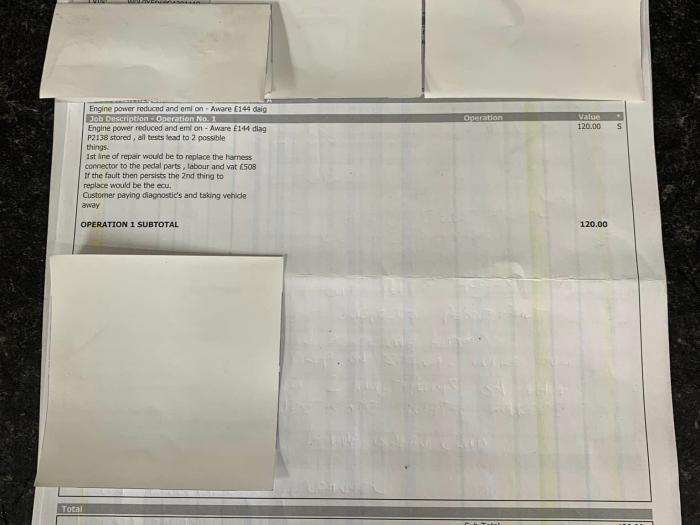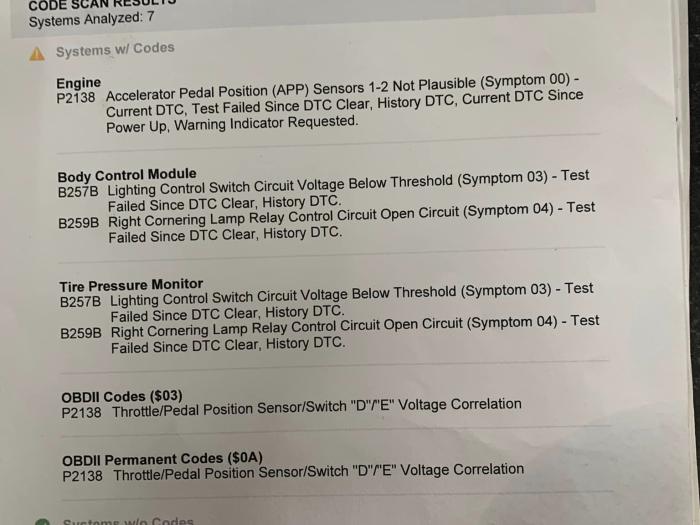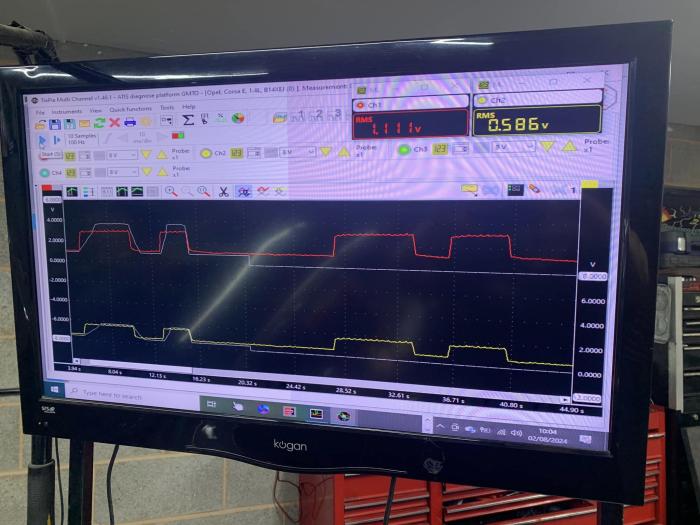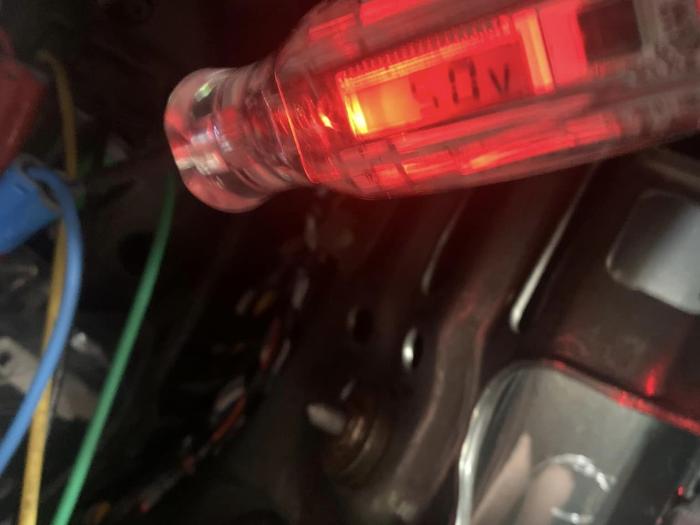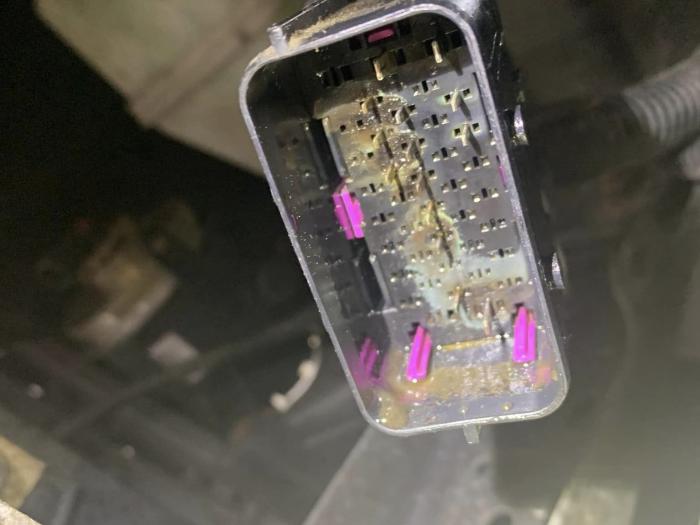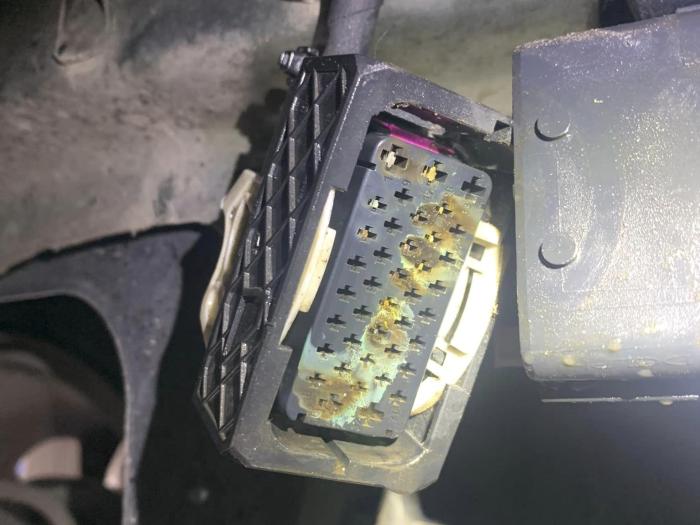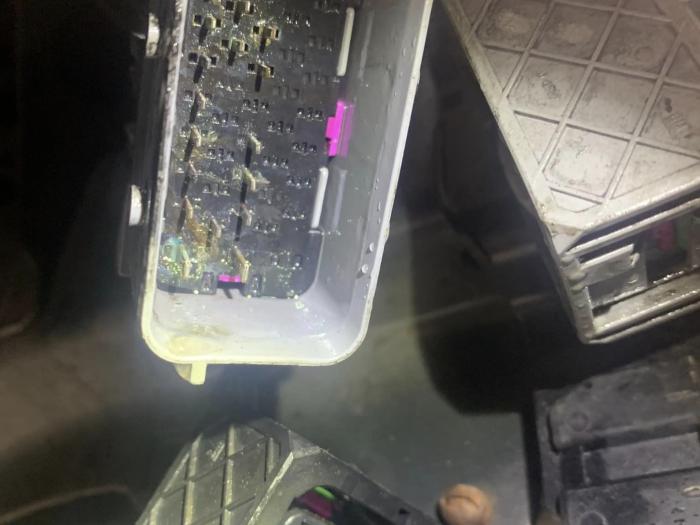We Do Not Guess - Resulting in 100% fix
Very interesting job today!! The importance of testing and not just guessing or just fitting parts based on fault codes !!even the main dealer gets this one wrong!!!. This is a example of why we charge what we charge standing out from the rest with evidence based testing cost effective solutions for a first time FIX with no wasted money on parts or a incorrect diagnosis like the main dealer advised.
This car came to us for a correct diagnosis based on evidence based electrical fault finding.
The car had previously been to another garage & had two accelerator pedals fitted one second hand then one new . With the fault code in question P2138 accelerator pedal position 1&2 not plausible signal & car in limp mode.
The car owner was then advised to take it to Vauxhall main dealership. Unfortunately he was more worried that they didn’t really no what was wrong with the car & was advised to have one expensive repair done to see if it fixes it & if not would need a new ecu ( Engine control unit ) !!!! He had very little confidence in them by this stage so he paid the £144 pound diagnostic fee /code read .
He then looked us up on the internet & after a lengthy conversation with Samuel he booked is car in .
We first confirmed the customers complaint & them monitoring live data we could see a correlation fault between the accelerator pedal position track 1 & track 2 . We noticed about half volt difference between the tacks . At this point we pulled up a wiring diagram to confirm what voltage we should expect to see from the circuit. With this information allowed us to check the power & ground inputs to the peddle for track 1 & track 2 confirmed with multi meter we had two 5 volts & two earths . This test is not conclusive as you need to do a voltage drop test with a loaded circuit IE with a low amps test light we confirmed by this test it was all fine good 5volts & earth on both tracks . All good there . We then needed to confirm the two voltages on the signal wires as with the signal wires very between 0.3 to 1 volt & 1.9 to 4.5 volts accelerator pressed . This can not be confirmed with voltage drop due to no test light will not in go that low . So at this point we use a oscilloscope . The results proved to us that we was not seeing the maximum voltage we should have been getting on track 1 . At this stage it was 95% suspected that it was the accelerator pedal at fault BUT it’s new !!! Could it be a cheep Chinese copy not giving the correct signal out !!! With this I then phoned the customer to ask where the accelerator pedal came from & he confirmed the one fitted to the car now is a genuine Vauxhall one !! On this information it is possible it’s faulty but I would like to do some more testing. Thinking out load how can I confirm that I don’t have voltage drop on the two signal wires possible disconnect the peddle & the ECU to allow a current draw test or bypass testing . Having reevaluating the the wiring diagram it soon came to light that there is a weak link in the wiring loom two multiple plugs . Having removed the plugs BINGO water ingress the dreaded green corrosion. This explains the voltage drop on the signal lines !! Not always as it seams & easy to find . This is one of the reasons why we like it if we had no signal at all that way possible found it quicker . But great news after a clean & repair to pins we have a 100% FIX. No parts needed no wasted time or money.
